Show of Support
- Also in TR Print Edition
- November 1, 2022
- 0
- 10 minutes read
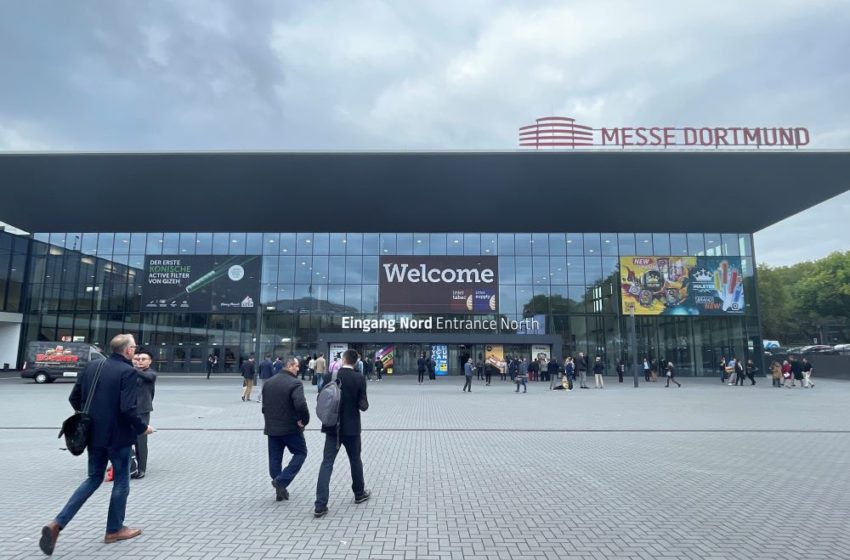
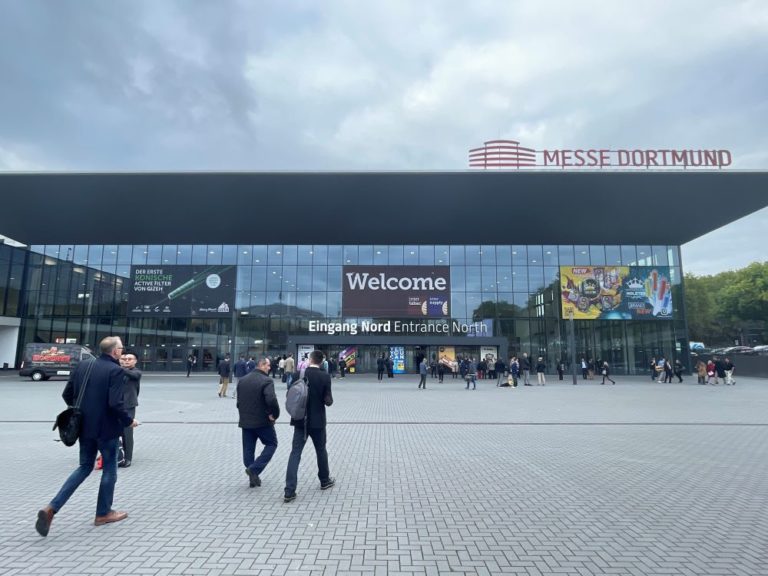
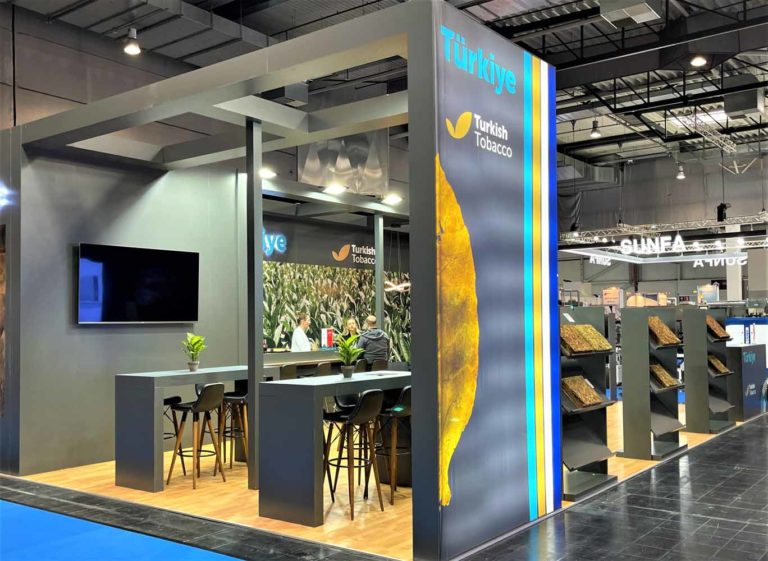

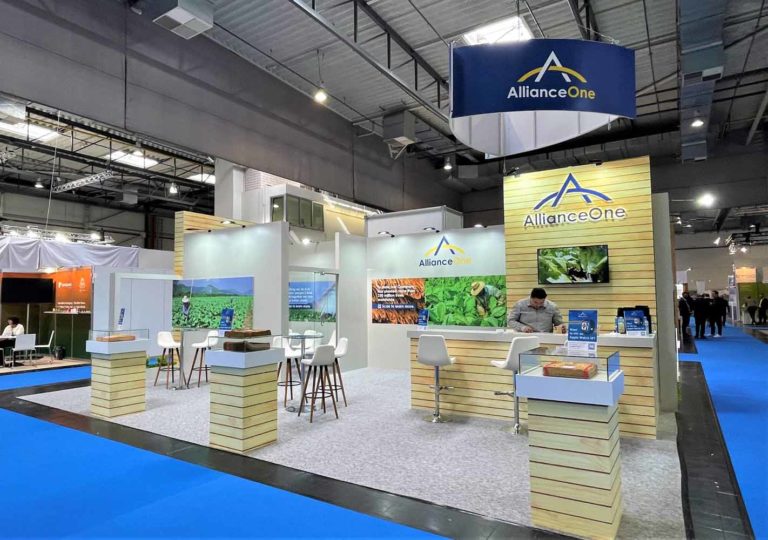

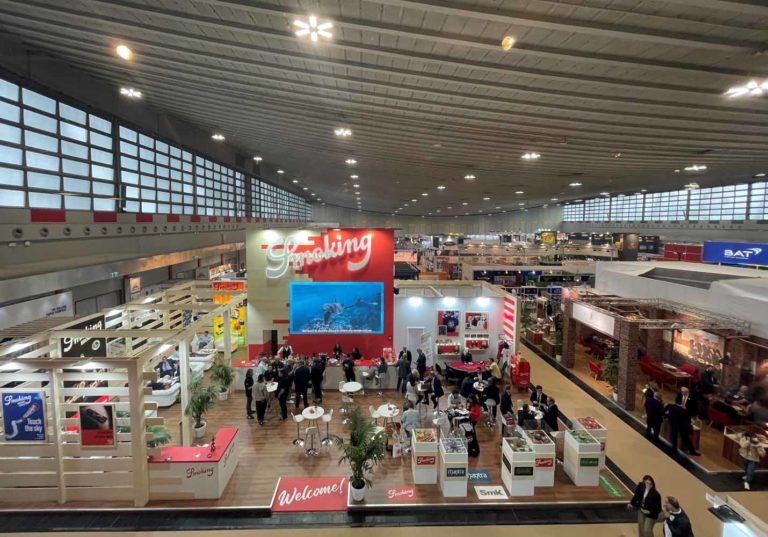




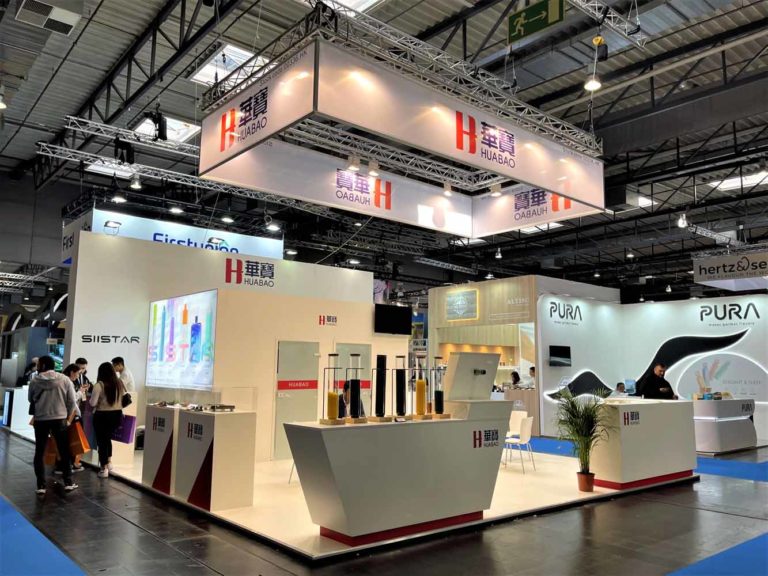
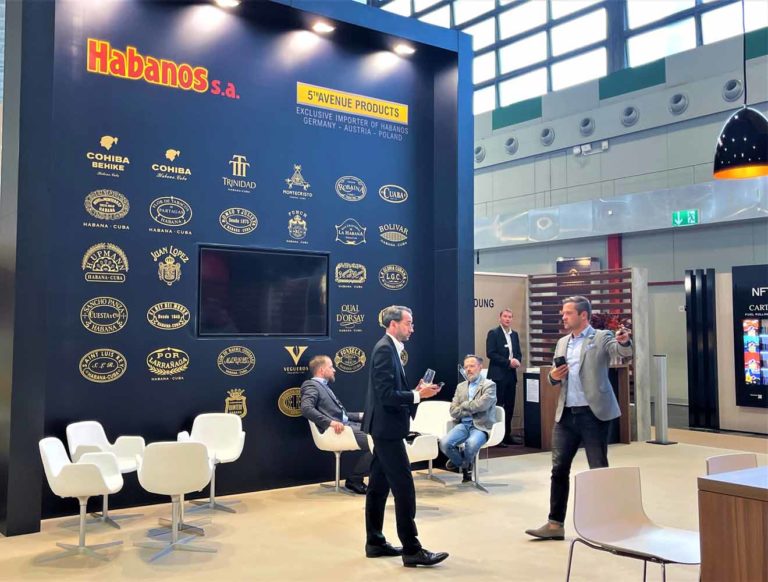

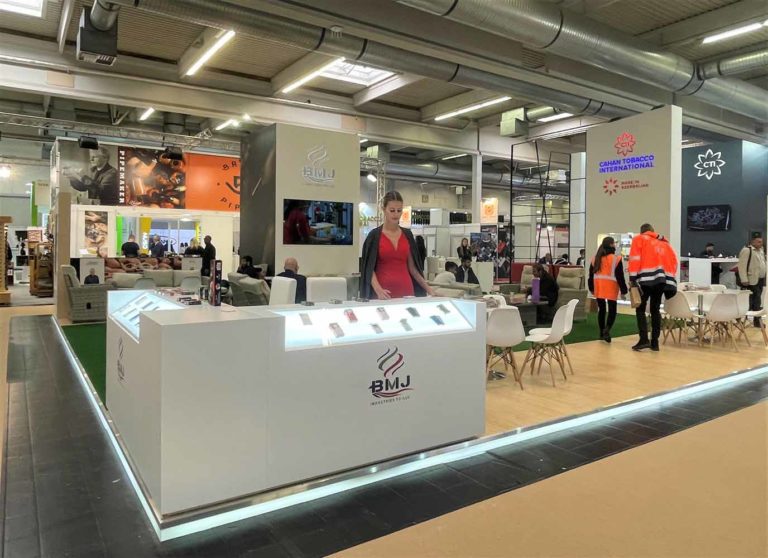


Speakers at the InterTabac/InterSupply trade shows expect steady growth for next-generation products.
By Timothy S. Donahue
China is the capital of e-cigarette production. It only makes sense to look at the vaping environment in the country to gauge the future of the industry. Jason Tian, director of development of 2FIRSTS, a vaping industry vertical media firm, and diplomatic assistant for the E-Cigarette Professional Committee of the China Electronics Chamber of Commerce (ECCC), said during an InterTabac/InterSupply trade show, held in Dortmund, Germany, in September, that e-cigarette production in China is growing rapidly.
A joint report from the ECCC and 2FIRSTS anticipates the global e-cigarette market to grow by 35 percent in 2022. The total market is expected to exceed $108 billion. In 2021, China’s total e-cigarette exports were $19.8 billion and were expected to reach $26.7 billion in 2022. Disposable e-cigarettes accounted for 65 percent of that growth; open systems accounted for 17 percent and pod products accounted for 8 percent in 2022. The main export destinations were the U.S., the EU, Russia, the Middle East and the U.K. Together, these markets accounted for 93 percent of China’s e-cigarette exports.
It seems that no matter where you go in the vaping industry, everybody wants to discuss the growth of disposables—and indeed, they dominate the InterTabac/InterSupply show floors. And while disposables are the fastest-growing segment of the industry, the one-time use vapes are devastating for the environment, according to several speakers during the event. A member of the European Confederation of Tobacco Retailers (CEDT) quipped, for example, “These [disposables] are really not up to date because it’s not sustainable for a society to have throwaway products.”
Tian said that new regulations in China are motivating companies to invest more heavily in R&D, including areas of sustainability, flavors and delivery. This is going to help boost the global vaping market, he predicted. “There’s going to be more investment,” said Tian. “And we predict that in the next one or two years, there’s going to be a new technological change in e-cigarettes. That’s a very optimistic look,” Tian explained. “And on the market side, though, with the strict regulation of China’s domestic market, more and more Chinese companies are going to be accelerating in their global development. They probably will put more investment in and … may do more partnerships around the globe.”
Speaking to visitors of the world’s largest tobacco/nicotine industry tradeshow, Tian told business owners, investors and other industry players that companies importing products from China or considering investing in a company that imports products from China need to be sure their China-based suppliers have a license issued by China’s State Tobacco Monopoly Administration.
“This is actually a guarantee for you and your consumers that the products that you are importing are safe, are quality guaranteed and are legal. Second, make sure your Chinese suppliers have sufficient production quotas. Every company with a license—they have a quota that limits how much they can produce yearly,” said Tian. “Once they’ve reached the quota, it seems to be a very simple path—simple paperwork, simple filing—but you have to make sure your demands [can be] met by the quota.”
Companies working with Chinese suppliers need to be sure to have registered trademarks for their products, and those products must also meet any regulatory requirements of the country in which the products will be sold. If a country doesn’t have any e-cigarette regulations, China’s regulations would apply to that country.
“We want to encourage everybody, the industry as a whole … to be compliant with the laws in the country that they are working with,” said Tian. “We want to healthily grow this e-cigarette environment, the e-cigarette industry,” he said. “To register [your] trademark is to protect your own back … protect yourself, protect your own brand.”
While synthetic products are illegal in China, the country does allow for the export of nontobacco nicotine products. At least one company has been granted a production license for such products. Tian said that China issues separate licenses for imported and exported products. “There’s a difference in the quotas. But once you have a domestic use license, you’re for sure going to have an export license. But they’re not the same. The quotas are different,” he said. “But if you’re only export, only export[s] are still needing [a] license.”
The EU is expected to introduce equivalent legislation for tobacco products, including nontobacco nicotine products, in the next few years, according to Pablo Cano Trilla, director of legal analysts for Tobacco Intelligence at ECigIntelligence. He also expects the heat-not-burn market to grow more rapidly than in previous years.
“[In the EU, heated tobacco] is a big boy in the category already: over $5 billion in market size in 2021,” said Trilla. “And we expect that by 2025, it will be over $13 billion. This means that, nowadays, it’s about two times the size of the vaping sector. In 2025, we would expect it to be four times bigger than vaping. So, it’s growing very fast in the EU.”
Trilla anticipates a future where only tobacco product flavors are allowed in the EU. While he doesn’t expect the trade block to implement U.S.-style regulations, with premarket authorization requirements, the growing concern about youth vaping could bring flavor bans. Trilla also anticipates plain packaging, progressive limitations on advertising and increases in environmental laws concerning e-cigarettes. He also said online sales are unlikely to continue.
“I guess you all know that with the [U.S. Food and Drug Administration], basically you need to get authorization from the authorities before your product is allowed in the market. Why don’t we think this will happen [in the EU]? Our guess [is] because of basically a practical reason. Any country in the world, any authority in the world, everyone knows what has happened to the vaping industry in the U.S.,” he said. “How complicated it has been for the United States government to manage the thousands and thousands of applications of PMTAs [premarket tobacco product applications]; how many legal challenges they are having now. Premarket approval [requirements] are unlikely in the EU.”
Reaction Time
Following the disruption caused by the Covid-19 pandemic, the nicotine industry trade show scene in Europe is getting back to normal. Several exhibitors and attendees in Dortmund said it was beneficial for the industry to be able to showcase its innovations again. Oliver Pohland, CEO of the German E-Cigarette Retailers’ Association, said the growth of InterTabac/InterSupply 2022, with over 600 exhibitors (including an estimated 160 first-timers) and the more than 12,000 visitors, highlights how interest remains high in e-cigarettes as a risk-reduced alternative to combustible cigarettes.
“A large number of exhibitors from our industry across Germany and beyond, including many who were attending InterTabac for the first time, took the opportunity to present new innovations and products for adult smokers,” he said. “Important contacts were made, and face-to-face conversations [were] conducted again after a long absence.”
Dennis Dahlmann, CEO of InnoCigs, and Dustin Dahlmann, chief financial officer at InnoCigs, said the draw of InterTabac is its high-quality visitors. “It is of great importance for us to generate new customer relationships and above all to maintain and deepen our existing contacts,” they said. “We had the impression that the quality of the show had improved again compared to three years ago.”
Rico Winkel, marketing manager at Dinner Lady, said that it was important to again be able to “present oneself and win potential new customers” face-to-face after InterTabac had been canceled for two years due to Covid. “This year, we’ve also been focusing on communicating new products,” Winkel said. “Also, the wide span of products we’ve [been] able to experience during these three days is giving us inspiration for evolving our own product range.”
Jan Muecke, CEO of the German Association of the Tobacco Industry and Next-Generation Products (BVTE), said his organization was able to “marvel at the innovative strength” of the next-generation products industry during InterTabac. “Society and the economy are in a state of upheaval, and this year’s show has illustrated that the entire tobacco industry is united as we go through it,” said Muecke. “With new ideas, solutions and innovations, the nicotine and tobacco industry is getting ready for a sustainable future.” —T.S.D.
